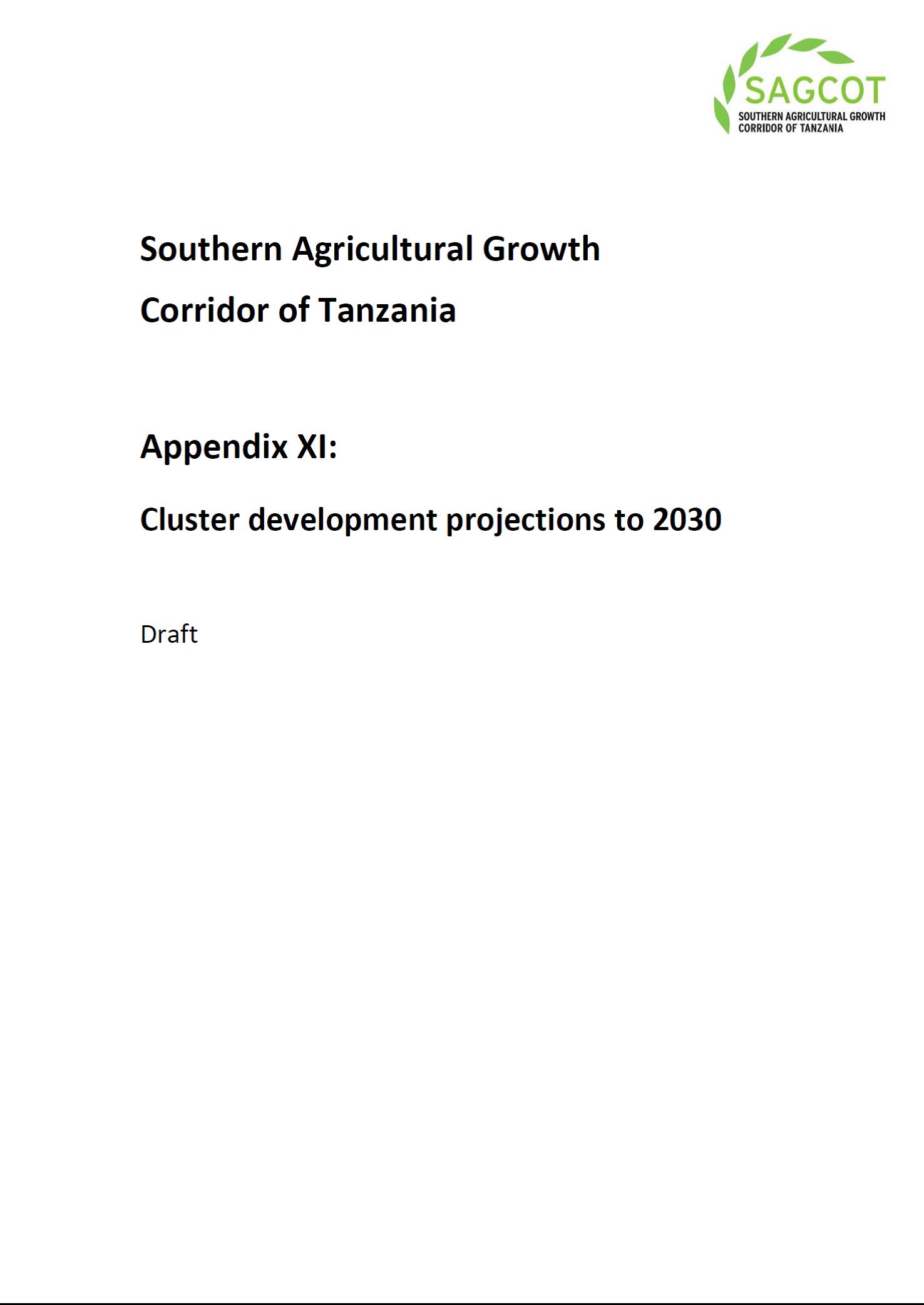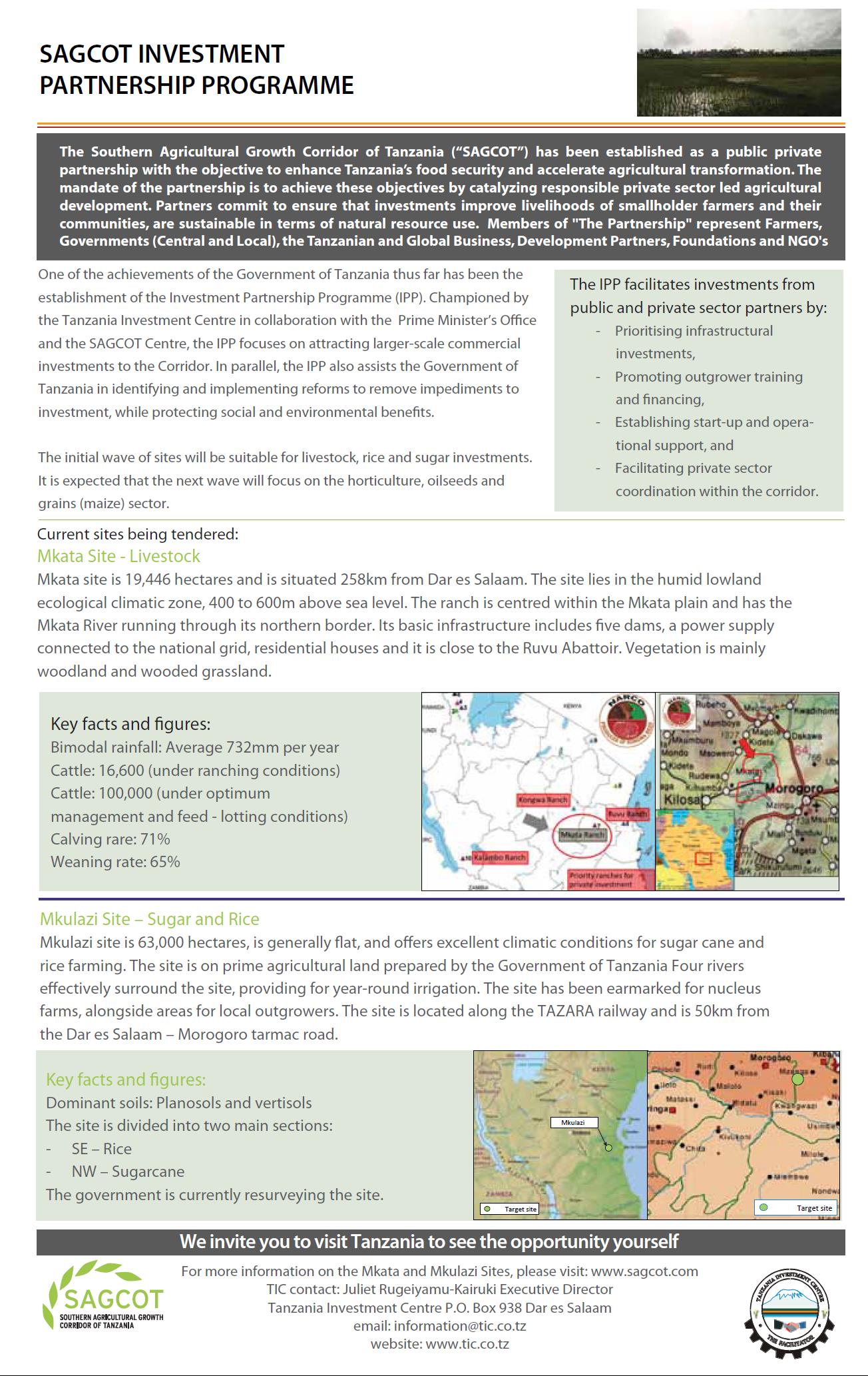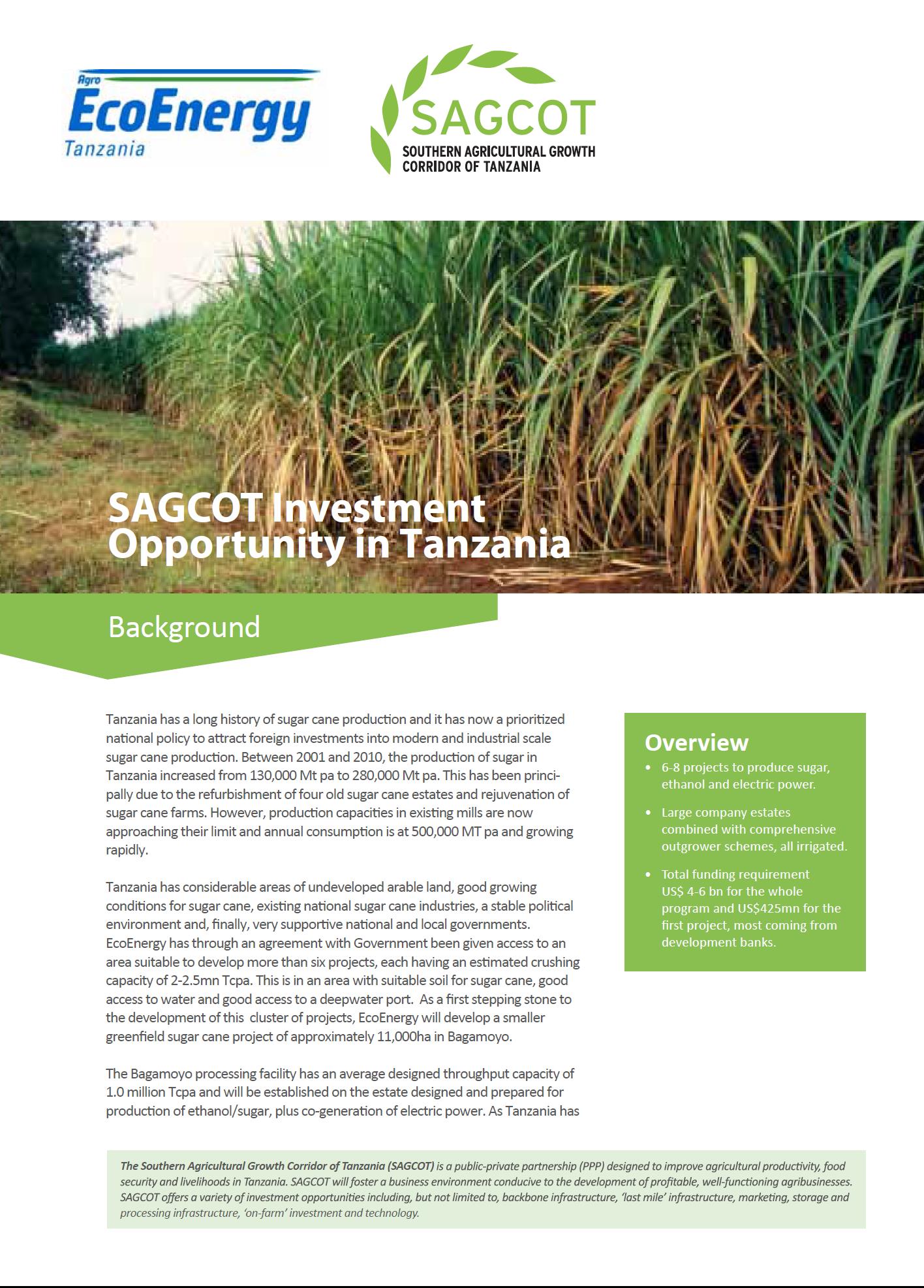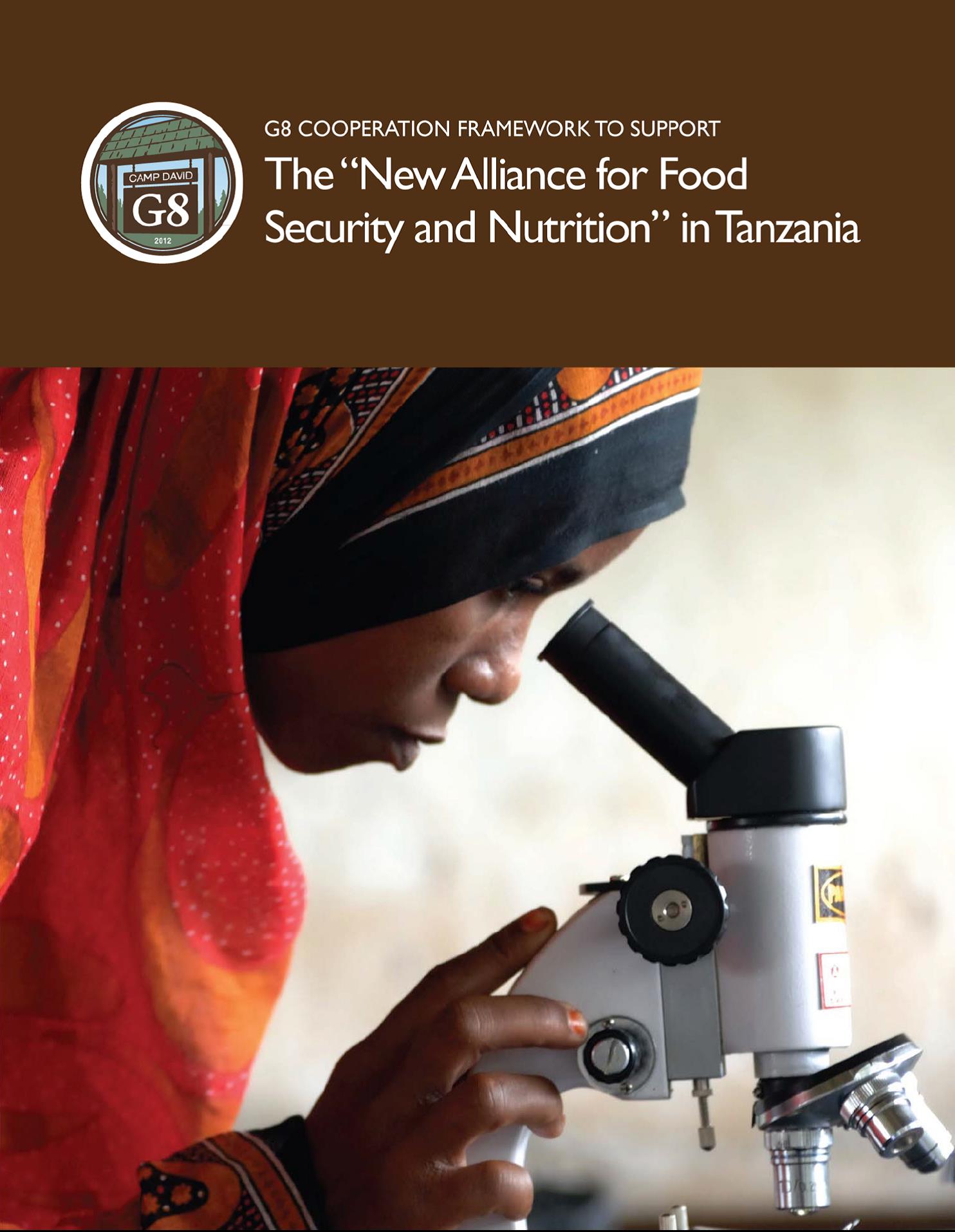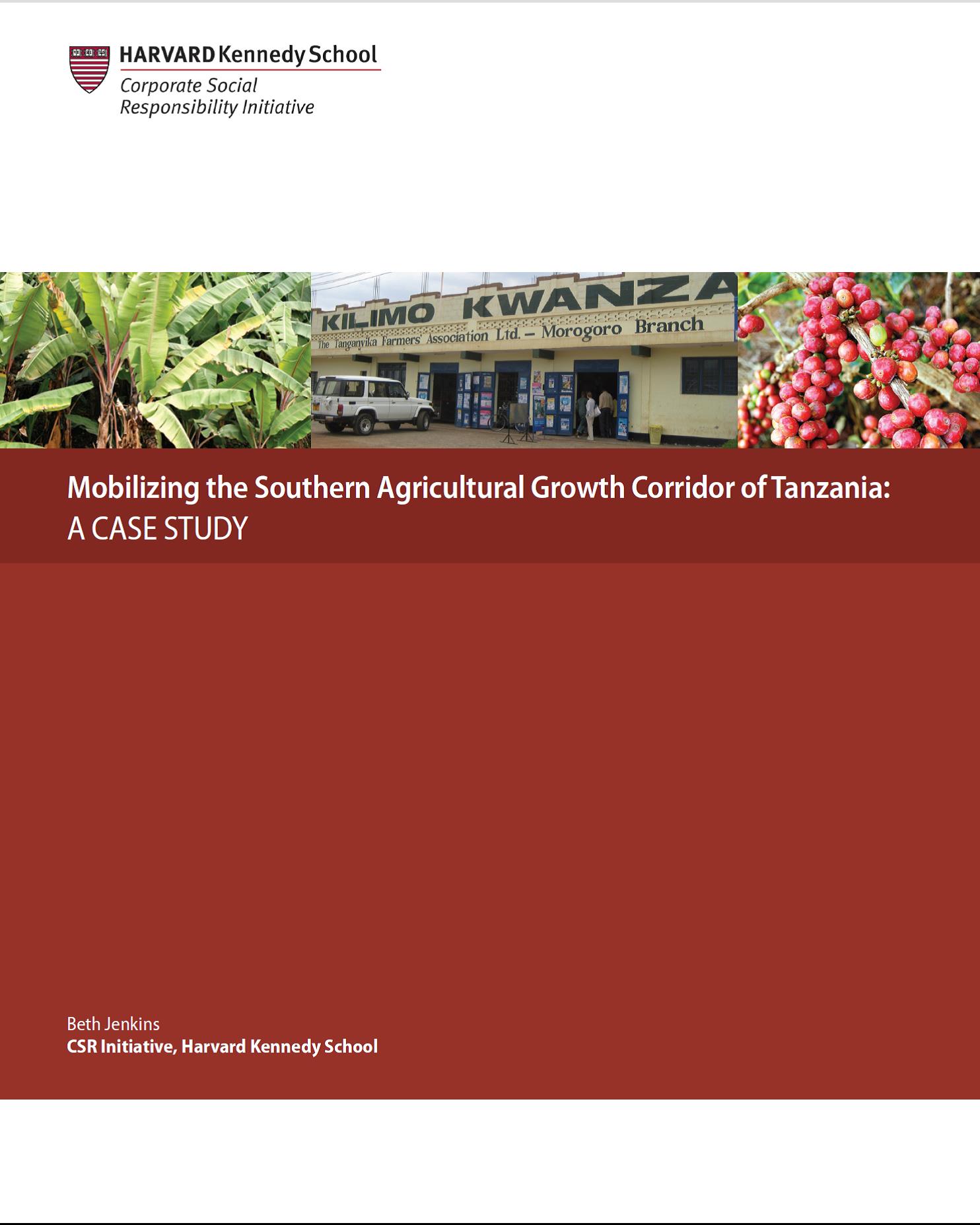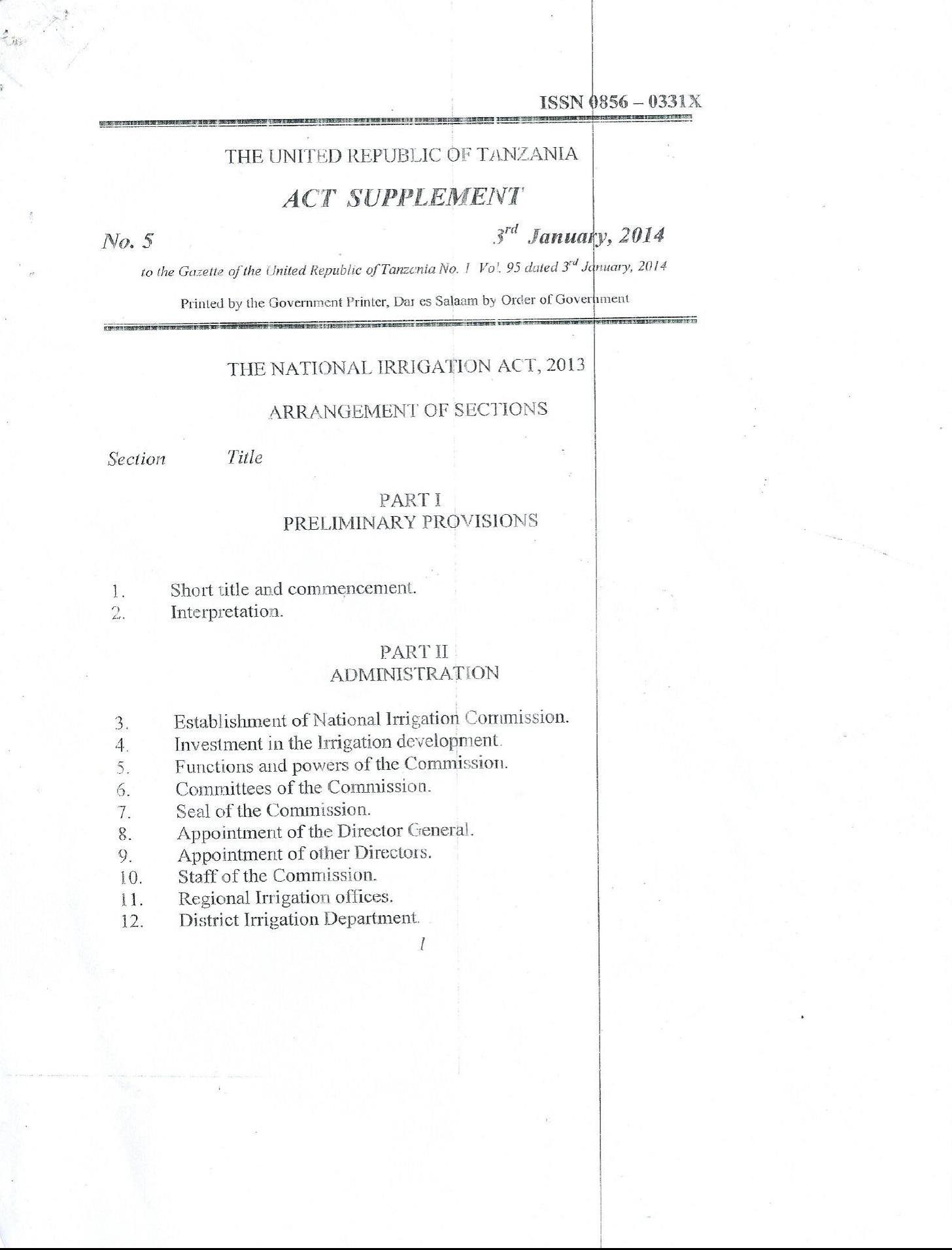Southern Agricultural Growth Corridor of Tanzania
This appendix takes output from the production and investment model and sets out further detail on the development profiles of each of the six clusters, providing projections of on-farm investment, last mile infrastructure, and necessary supporting agriculture and backbone infrastructure. From this, it details the resulting gross revenue and developmental impact of that investment

